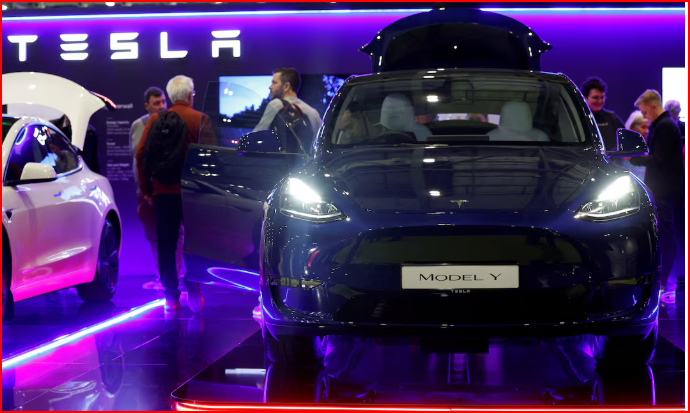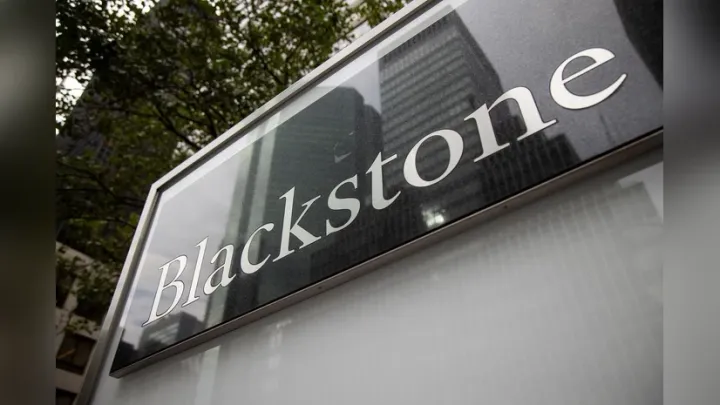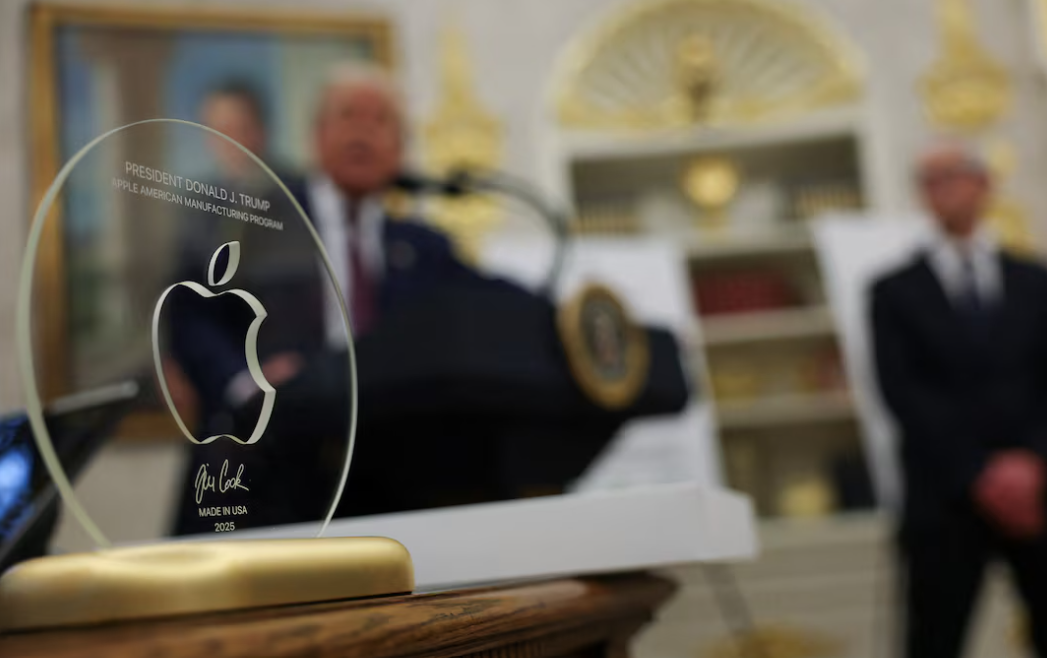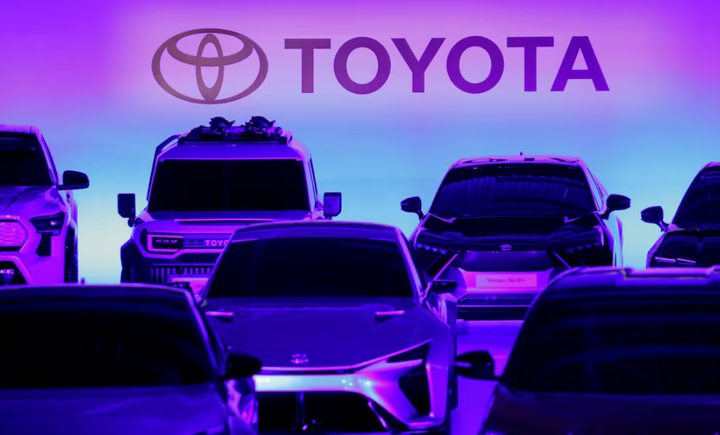Tesla Set to Launch Public Robotaxi Rides on June 22: Elon Musk Announces Bold Move in Autonomous Transport
Tesla aims to launch public robotaxi rides on June 22, signaling a major step in autonomous vehicles. CEO Elon Musk promises innovation pending regulatory approval.

CEO Elon Musk targets June public rollout of Tesla’s robotaxi service, signaling a major leap forward for autonomous vehicles and the ride-hailing industry
Tesla is poised to debut its highly anticipated public robotaxi rides on June 22, according to CEO Elon Musk. The tentative rollout, announced late Tuesday, represents a pivotal milestone for autonomous vehicle adoption and could reshape both Tesla's business and the broader ride-hailing landscape.
Tesla’s Robotaxi Rollout: What We Know
Elon Musk unveiled the target launch date via social media platform X, stating, “If regulatory approval is achieved, Tesla’s public robotaxi rides will start June 22.” The company's move positions it at the forefront of self-driving car technology, a sector fiercely pursued by traditional automakers and Silicon Valley startups alike.
The robotaxi’s debut is expected to occur in select U.S. cities, pending final approval by federal and state regulators. Musk emphasized that while June 22 is the current goal, the rollout remains subject to regulatory signoff. “We’re working closely with authorities to ensure all safety protocols are met,” Musk added during Tesla’s annual shareholder meeting.
Why This Launch Matters
The launch marks Tesla’s boldest bet yet on the viability of fully autonomous vehicles. Industry observers view this as a crucial test—not only of Tesla’s self-driving systems, but also of public and governmental trust in autonomous mobility.
"Tesla’s robotaxi fleet is a significant technological and commercial leap," said Professor John Aarons, director of the Mobility Futures Lab at Stanford University. "It could dramatically reduce ride-hailing costs and reshape urban transport.”
Tesla’s Full Self-Driving (FSD) technology, already in limited beta testing among private users, underpins the robotaxi system. The public rides, initially free or at reduced fares as a promotional period, will gather crucial data on system performance, passenger experience, and urban traffic integration.
Autonomous Vehicles: The Competitive Landscape
Tesla joins the likes of Alphabet’s Waymo and General Motors’ Cruise in bringing self-driving taxis to market. Waymo has been operating ride-hailing services in Phoenix, Arizona, since 2020, while Cruise briefly launched in cities like San Francisco before facing regulatory setbacks.
Key Differentiators
Tesla asserts that its approach—using advanced neural networks trained on billions of miles of real-world driving data—gives it an edge. Unlike rivals, Tesla’s vehicles rely primarily on camera-based vision and AI, rather than the expensive LIDAR sensors used by competitors.
While not without controversy (critics cite high-profile crashes involving FSD features), Tesla insists its system will exceed human driver safety once fully matured. "Continuous road testing and software updates are accelerating our safety metrics," Musk said.
Regulation and Safety: The Road Ahead
The June 22 launch depends heavily on regulatory support. In the U.S., the National Highway Traffic Safety Administration (NHTSA) and various state DMVs must approve robotaxi use on public roads. Officials, including California Department of Motor Vehicles spokesperson Linda McCarthy, confirmed that "Tesla’s application is under review," and public safety remains paramount.
Consumer advocates urge caution, pointing to recent investigations into Tesla’s driver-assistance features. “There’s a fine line between innovation and rushing unproven tech to market,” said Jake Fisher, director of auto testing at Consumer Reports.
Economic and Industry Impact
If successful, Tesla’s robotaxi service could transform urban mobility and create a new revenue stream. Analysts at Morgan Stanley estimate that a mature robotaxi platform could add $100 billion annually to Tesla’s top line within a decade, eclipsing its current vehicle sales.
Moreover, widespread robotaxi adoption could impact employment among traditional rideshare drivers and disrupt existing gig-economy platforms such as Uber and Lyft.
Multiple Perspectives
Proponents tout Tesla’s near-term deployment as evidence of U.S. leadership in AI and robotics.
Skeptics warn of “unknowns” regarding algorithm ethics, accident liability, and urban congestion.
Investors have responded positively; Tesla’s share price rose 4% in after-hours trading.
Looking Ahead: What to Expect Next
Pilot Cities: Tesla is likely to start with tightly geofenced urban areas, gradually expanding as data and confidence grow.
Pricing: Initial rides may be free or discounted, with dynamic pricing introduced as the service scales.
Software Updates: Tesla will continue over-the-air updates to improve safety and reduce edge-case failures.
Musk himself urged patience but promised, “The era of autonomous urban mobility is about to begin, and Tesla will lead the way.”
Sources Used:
Reuters: Tesla’s public robotaxi rides to start June 22, tentatively, CEO Musk says
Tesla’s annual shareholder meeting (news summaries)
Public statements from NHTSA and CA DMV (news coverage)
Industry data from Morgan Stanley and Consumer Reports
Stanford University Mobility Futures Lab (expert commentary)



